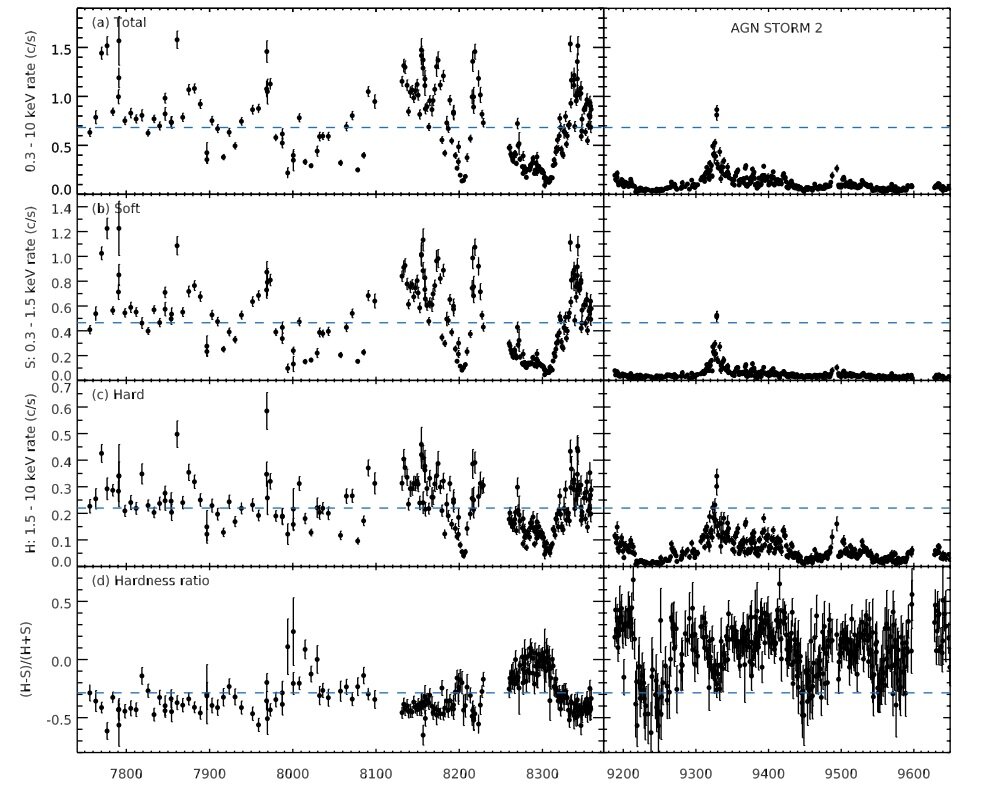Using NASA’s Swift spacecraft, an international team of astronomers has conducted a long-term multiwavelength monitoring of a nearby active galaxy called Markarian 817. The results of this observational campaign, published on June 30 on the preprint server arXiv, provide valuable insights into the properties of this galaxy.
An active galactic nucleus (AGN) is a compact region at the center of a galaxy that is brighter than the surrounding galaxy light. AGNs are highly energetic due to the presence of a black hole or star formation activity at the core of the galaxy.
Seyfert galaxies are a subclass of active galaxies and are classified as nearby, low luminosity, radio-quiet AGNs found in spiral or lenticular galaxies. They are further divided into Type 1 or 2 based on the emission lines shown in their spectra.
Markarian 817 (or Mrk 817 for short) is a nearby Seyfert 1 galaxy located approximately 430 million light years away in the northern constellation of Draco. The galaxy has an angular size of about 0.513 arcminutes and a radial velocity of 43,761 km/s.
Recently, Markarian 817 has been the focus of the AGN STORM 2 project, which is a large, coordinated, multiwavelength reverberation mapping campaign. Led by Edward M. Cackett of Wayne State University in Detroit, Michigan, a group of astronomers has monitored Markarian 817 with Swift for 15 months, collecting observations in X-rays and six ultraviolet/optical filters to gain a better understanding of the structure and properties of this galaxy.
2023-07-13 00:48:02
Article from phys.org



















